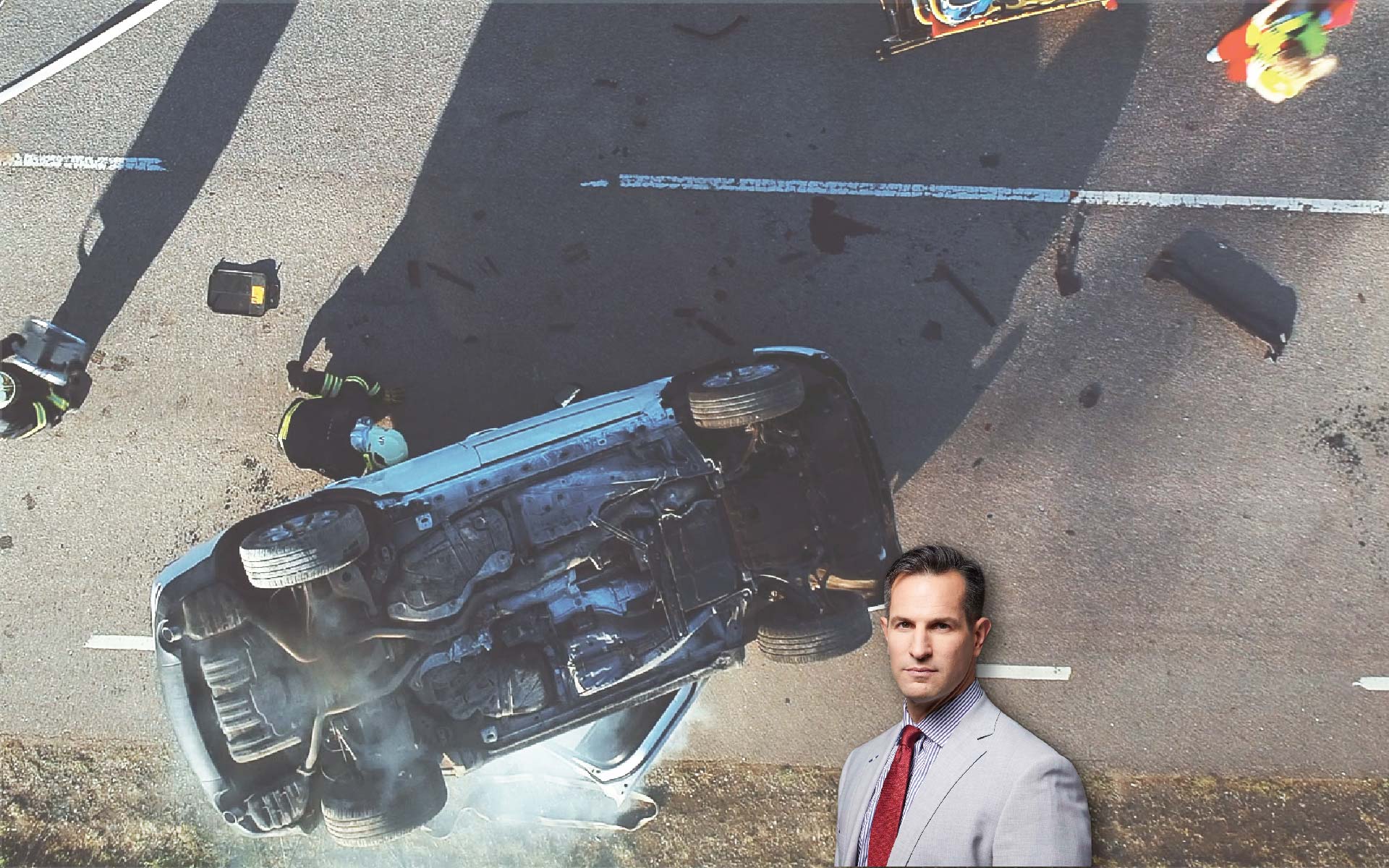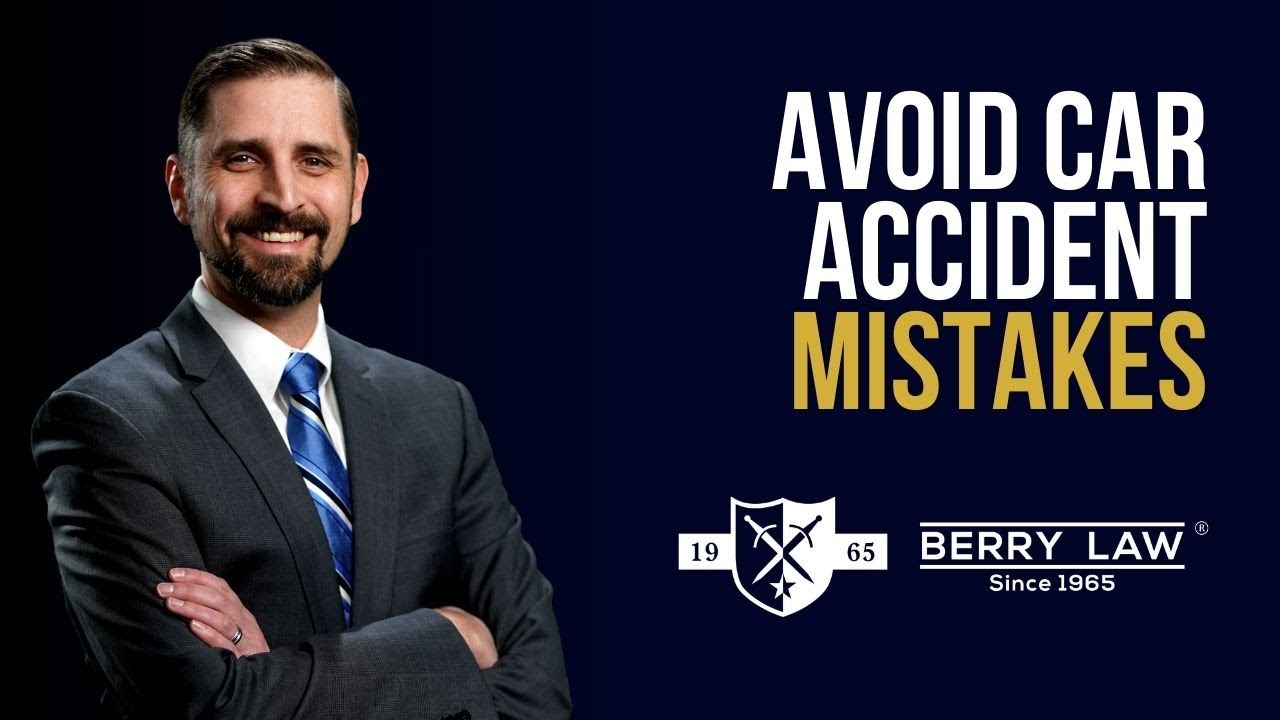Every driver who gets behind the wheel of a motor vehicle assumes a duty of care to other drivers on the road. When a driver breaches that duty of care by failing to follow traffic laws, driving while distracted, or driving while under the influence of drugs or alcohol, that driver is considered negligent and may be held liable for any damages that were caused as a result of the accident.
The National Safety Council estimated that property damage, injuries, and deaths from Omaha car accidents cost Americans approximately $474 billion in 2020 alone. Determining who is at fault when it comes to car accidents is at times a difficult and complicated process. Often, multiple parties share fault for an auto collision.
Even when a victim can prove that another driver was negligent, that driver may still be able to avoid part or all of the responsibility under Nebraska’s shared fault rules. Auto insurance companies also have a vested interest in protecting their profit margins by paying out as little as possible. Consequently, an insurance company may try to minimize the percentage of fault that is assigned to their policyholder and maximize that of the other driver. This is not an uncommon scenario, which often leads to the need for a personal injury lawsuit.
The personal injury attorneys at Berry Law can build a solid case based on the available evidence and fight to get you the full compensation you deserve while you focus on your recovery.
What Damages Can I Recover from an Insurance Company or Personal Injury Lawsuit?
Following a motor vehicle accident, a victim may be faced with an avalanche of bills that stem from property damage, injuries, and missed employment opportunities. Some examples of damages that may be recovered in a personal injury case include:
- Medical bills for emergency services, hospital stays, x-rays, rehabilitation services, and pharmaceutical expenses.
- Lost wages and loss of future earnings.
- Damage to physical property, including vehicles.
- Pain, suffering, and mental anguish.
What are Negligence Laws as They Apply to Car Accidents?
State negligence laws describe how fault is divided following an automobile accident and the degree to which a victim can be compensated by another driver for property damage and injuries sustained in a crash.
A comparative negligence system, such as Nebraska’s, assigns fault according to percentages of responsibility between parties involved in a motor vehicle accident. Insurance claim payouts are split proportionally based on each driver’s negligent actions. This allows both drivers to potentially seek relief from one another’s insurance companies.
However, comparative negligence laws can affect a victim’s ability to make a claim and receive full compensation from the other driver and his or her insurance company. Claims filed with an individual’s own insurance company, such as collision insurance policy claims, are referred to as first-party claims. First-party claims are not subject to comparative negligence rules. However, claims filed with another driver’s insurance company are known as third-party claims, and comparative negligence laws do apply.
What is Comparative Negligence?
Under comparative negligence laws, a defendant in a personal injury case can argue as part of his or her defense that the plaintiff was partially at fault for an accident. For example, a driver who executed an unsafe left turn may argue that the other driver was speeding through the intersection at the time of the collision, placing both drivers at fault for the wreck in question.
In the state of Nebraska, a victim cannot recover any compensation in a personal injury case if his or her percentage of fault is greater than or equal to the total negligence found of all of the defendants involved in a case. This is because Nebraska is a Modified Comparative Negligence state.
The comparative negligence laws of the state of Nebraska are outlined in Nebraska Revised Statute 25-21,185.09. The statute says that if the contributory negligence of the claimant is equal to or greater than the total of the negligence of all parties involved, the claimant can’t recover any damages from the other driver’s insurance company.
In other words, if a driver is found to be 50 percent or more responsible for causing a motor vehicle accident, he or she is not able to recover any damages from the other driver’s insurance company. If a court determines the driver was only slightly at fault for the accident, that driver’s recovery of damages is reduced according to the percentage of their assigned fault. For example, if a court awards $100,000 in total damages, and assigns a driver 20 percent fault for the collision, that driver could only recover $80,000 of those damages.
In some states, but not in Nebraska, both drivers in an accident are allowed to seek compensation for damages resulting from a car accident, regardless of their share of the fault, as long as their percentage of fault is 99 percent or less. This comparative negligence structure is known as Pure Comparative Negligence. Compensation is based on the percentage of fault assigned to each driver regardless of whether one driver is found to be significantly more at fault than the other.
Berry Law’s Team Provides You With Multiple Attorney Perspectives
What Role Do Insurance Companies Play in Determining Fault?
When it comes to insurance payouts, it’s the insurance company that typically assigns fault since they’re the ones paying out the damages in the end. The insurance company will talk to both drivers involved in an accident, as well as to any witnesses. They will examine the damage to the vehicles involved and conduct their own accident scene investigation.
Having a police report that indicates that one of the drivers was ticketed for his or her actions leading up to the crash can be helpful because it suggests that the responding officers assigned fault at the time of the accident. In addition to exchanging personal and insurance information, drivers involved in a wreck should also ask for a police report number or copy of the report. This will save time in the long run because an attorney will want to see the details of the police report in order to build a strong argument.
Following its independent investigation, an insurance company will determine the percentage of fault for each driver and pay out according to the negligence laws of the state in which they’re working. Sometimes an insurance company doesn’t agree with the findings of law enforcement once its conducted its own investigation.
If a claimant disagrees with the insurance company’s assessment, the case may wind up in civil court. It’s not uncommon to have to resort to a personal injury suit if the insurance company is not paying the full compensation a victim believes that he or she is entitled to receive. In such cases, a judge or jury determines the percentage of fault and any damages awarded to each party involved.
How Can a Personal Injury Attorney Help in Comparative Negligence Disputes Between Parties?
An attorney’s job is to investigate the accident, interview witnesses, gather evidence, and fight for the greatest amount of damages his or her client is able to receive under the law. One of many benefits to hiring an attorney includes their role as liaison between drivers, insurance companies, and other involved parties.
A claimant’s attorney is responsible for presenting evidence that proves the other driver was at fault or negligent in a personal injury case. The defendant’s attorney will attempt to use evidence to establish the accident victim’s degree of negligence in the accident. The burden of proof is on the defendant’s lawyer to demonstrate that the plaintiff’s negligence also contributed to the accident in question, thus lessening his or her liability.
There are many examples of conduct that could amount to negligence on the part of a claimant, including:
- Speeding
- A pedestrian jaywalking or making sudden and unpredictable movements while occupying road space.
- A passenger who rides with a driver they know is drunk, reckless, or fatigued.
- Operating or riding in a vehicle that is knowingly defective. For instance, missing working headlights or other safety features.
- Interfering with a driver’s safe operation of a vehicle.
How Can I Help Prove My Personal Injury Case in a Comparative Negligence State?
Quality evidence is of high importance when it comes to proving the percentage of fault in comparative negligence accident cases. A victim can help his or her own case by providing certain types of evidence to their attorney. Some examples of evidence that often proves to be helpful in building a solid case includes:
- Photos taken of the accident scene.
- Police reports.
- Testimony from an accident reconstruction expert.
- Video footage from nearby security cameras.
- Testimony of witnesses to the accident.
Reach Out to an Attorney Today
While a personal injury lawsuit can’t restore your good health, recovering the damages owed to you following a motor vehicle accident can ease the financial burden placed on your or your family members. An experienced injury attorney will be knowledgeable in the comparative negligence laws of your state. Allow them to work for you so that you can focus on healing and getting back to living your life. Speak with our team today to learn more about your recovery options.



